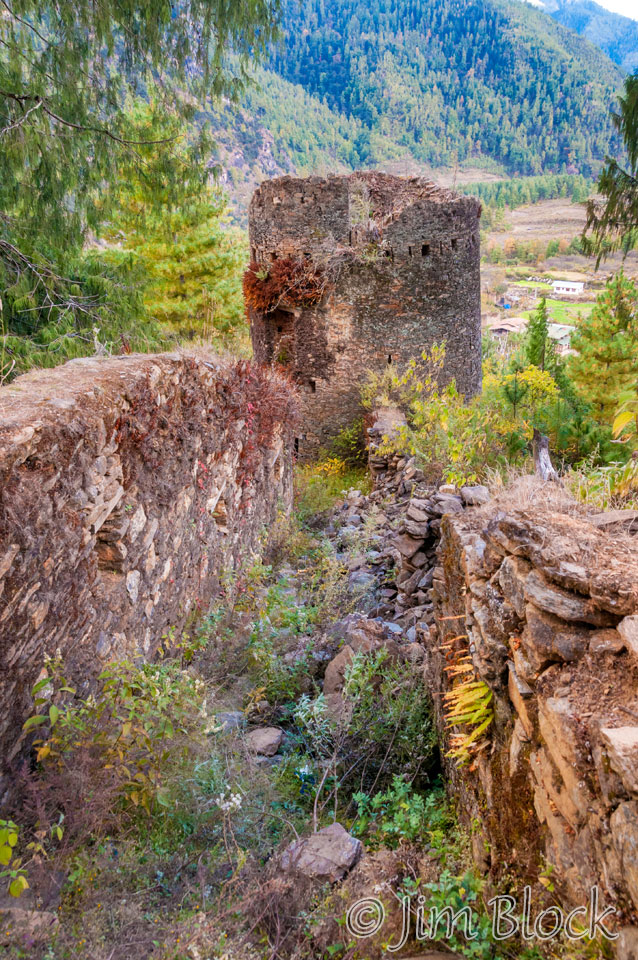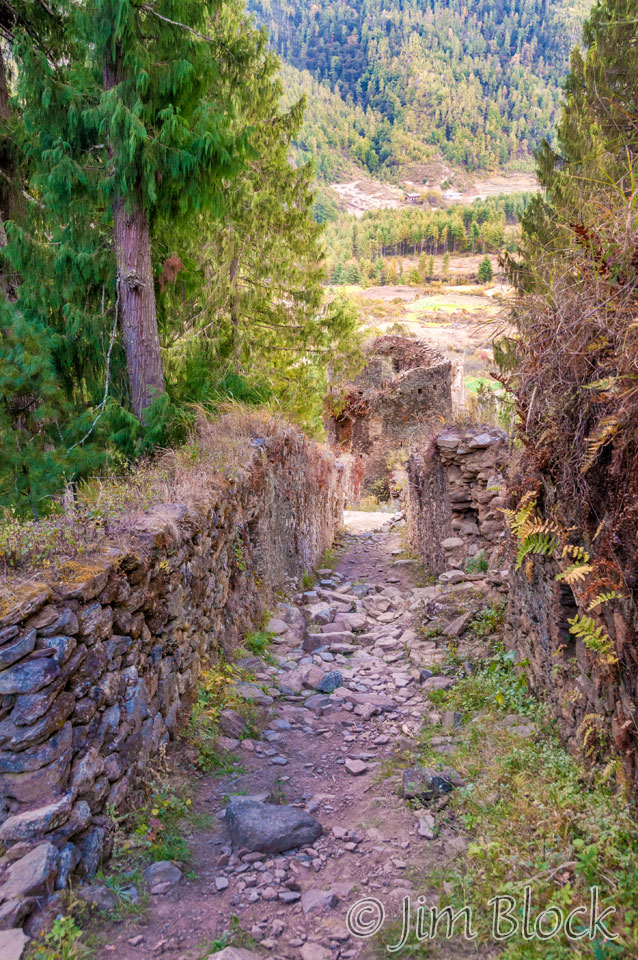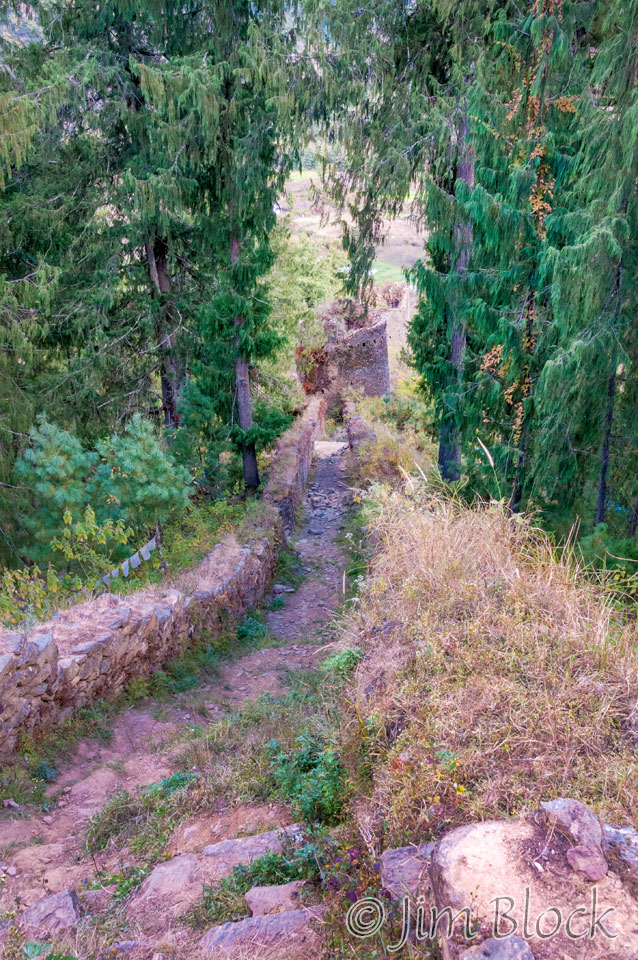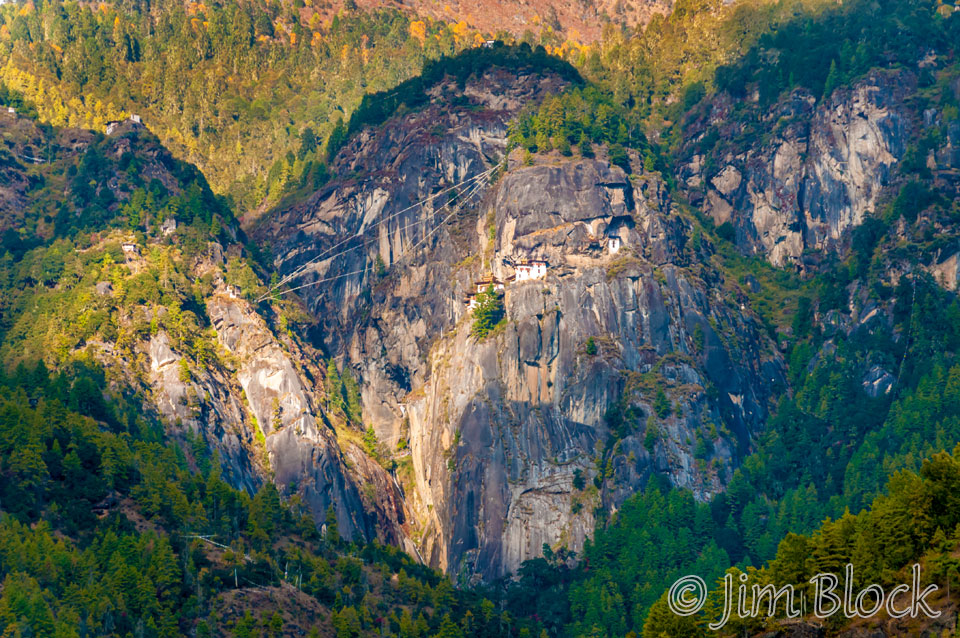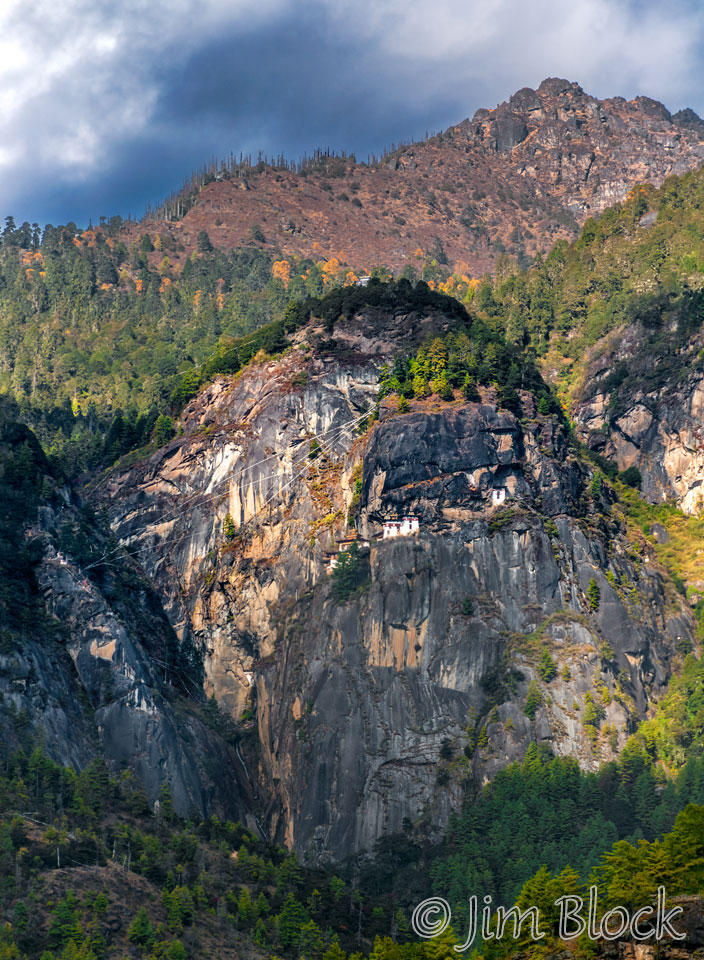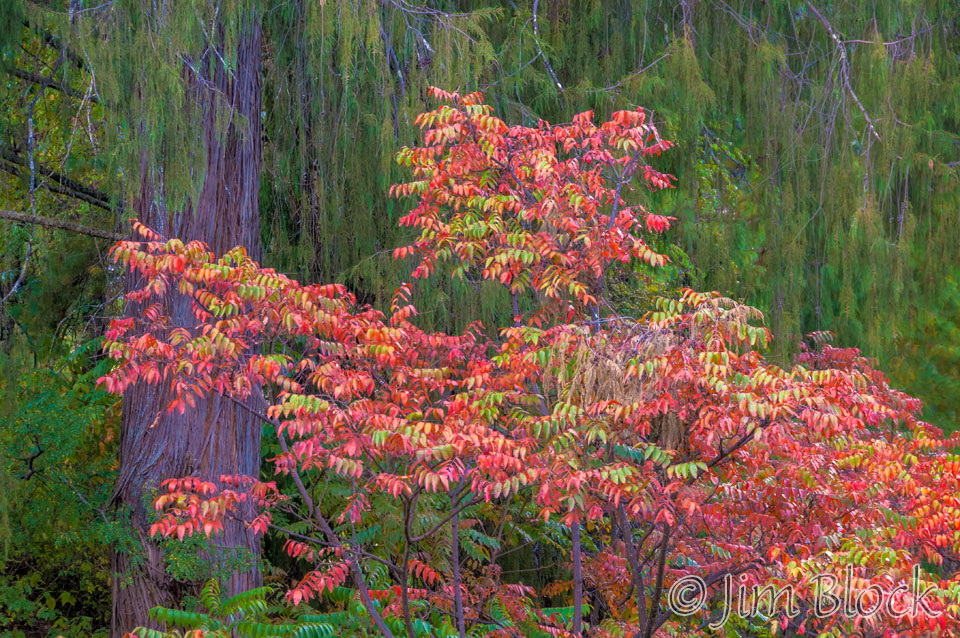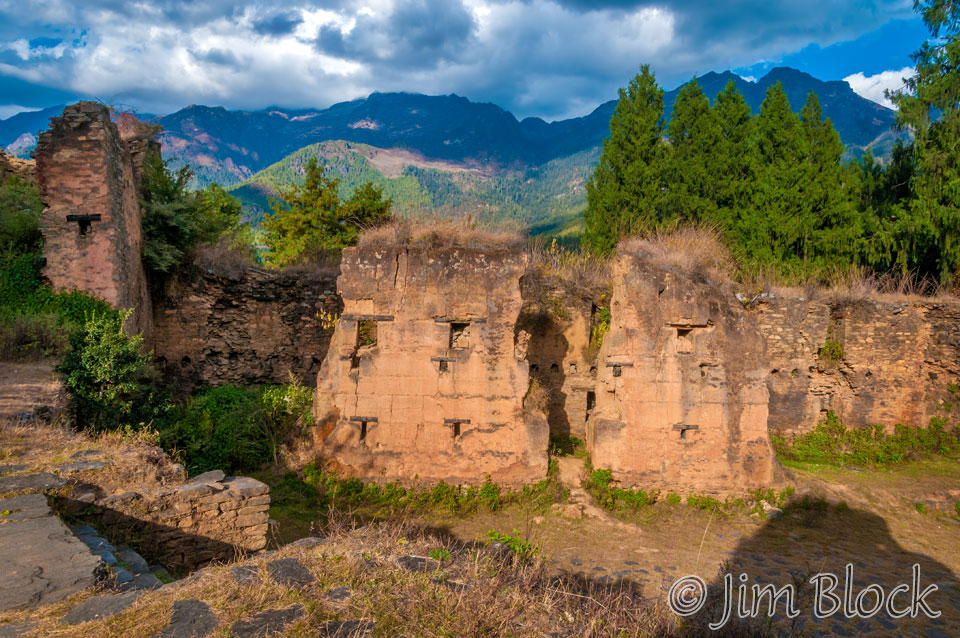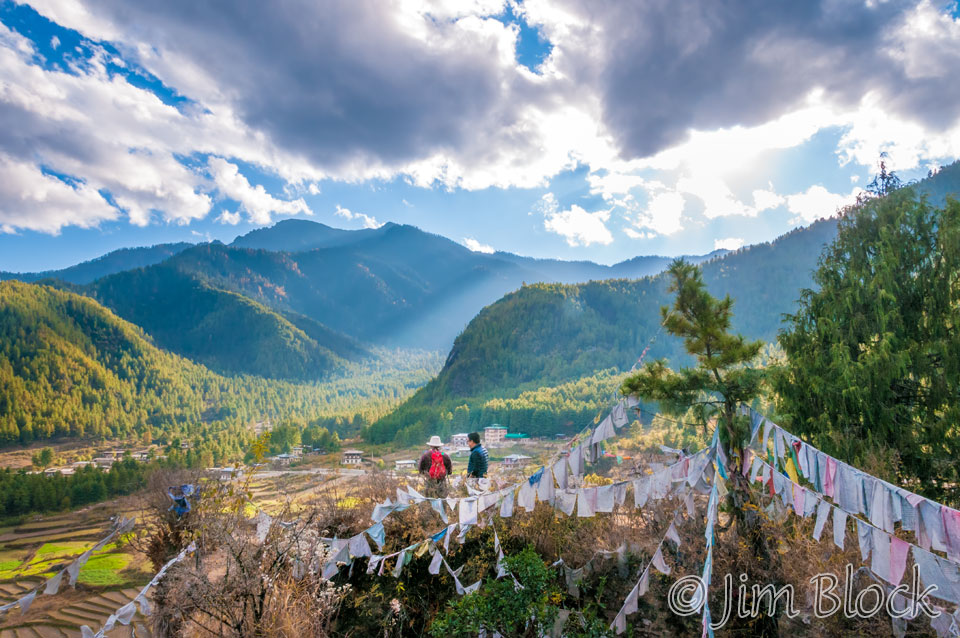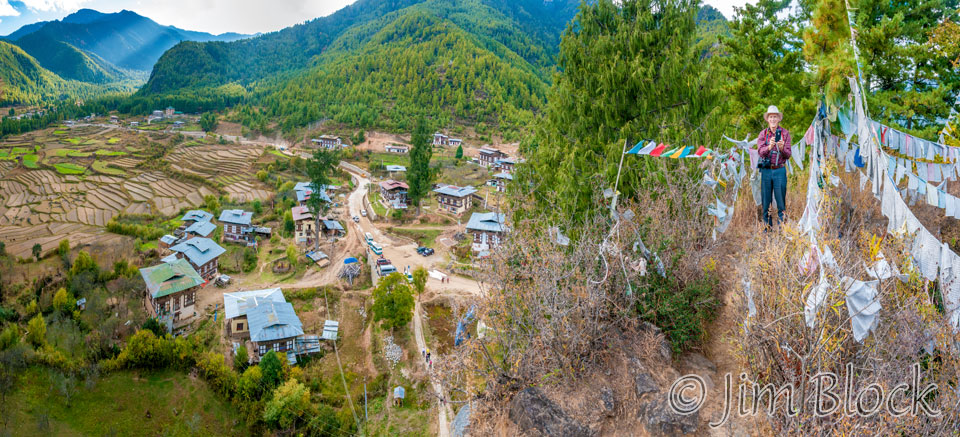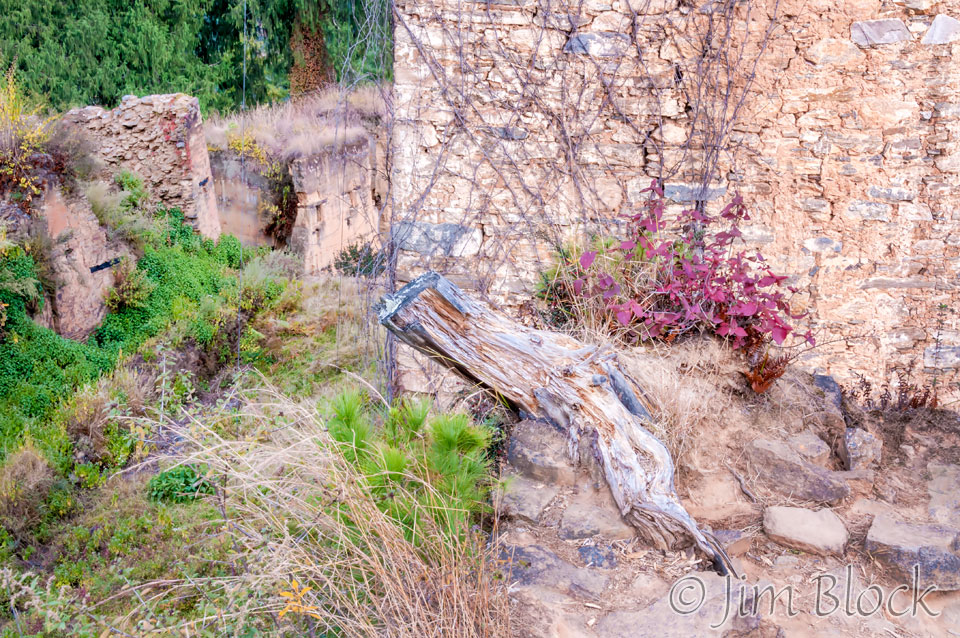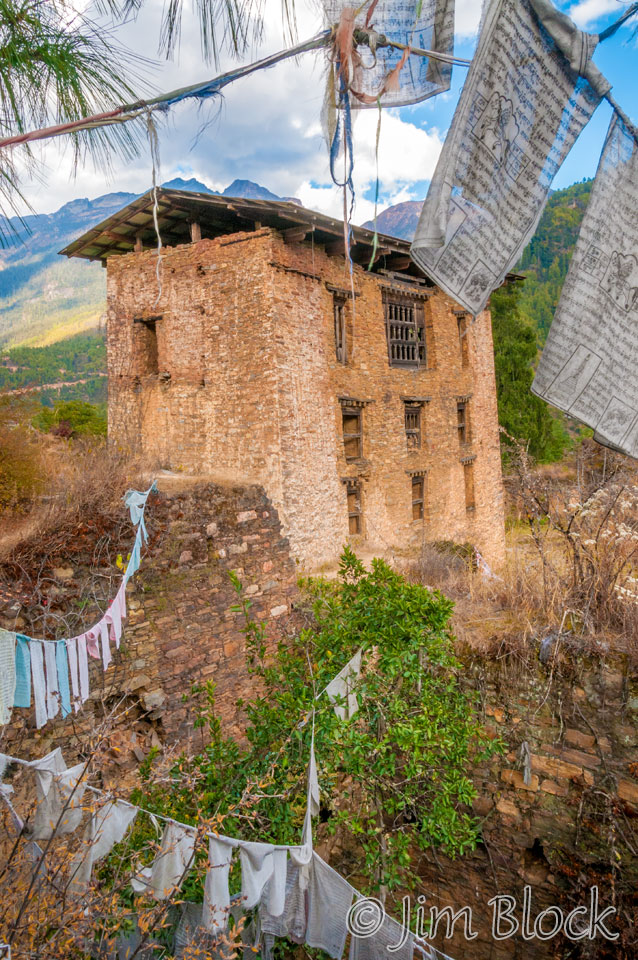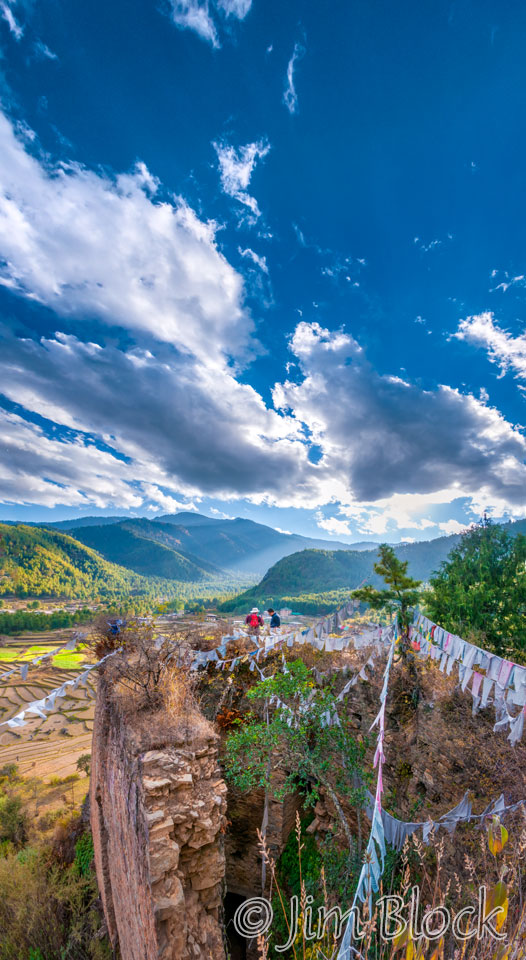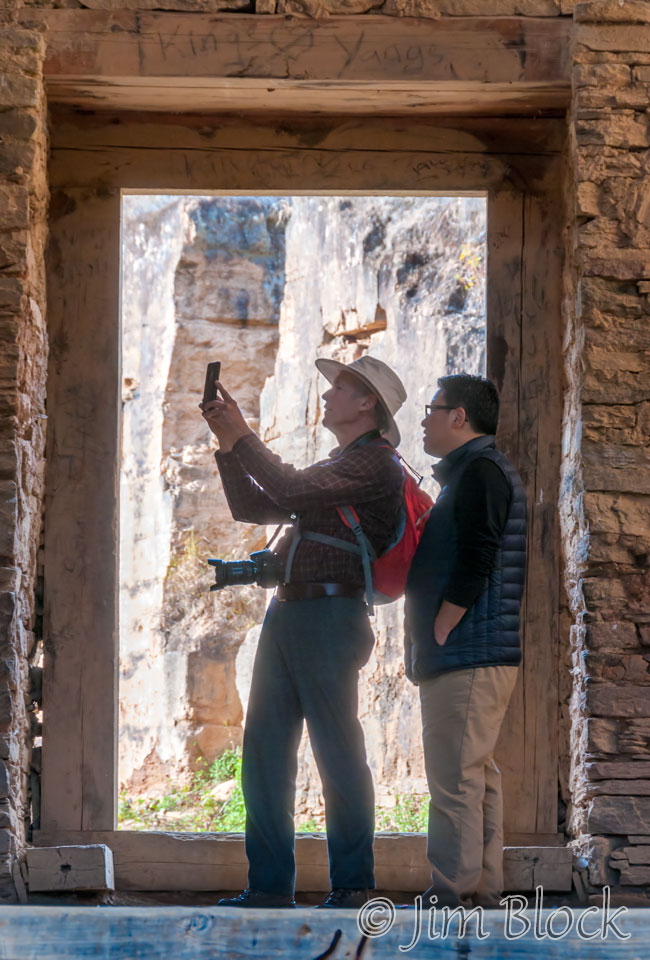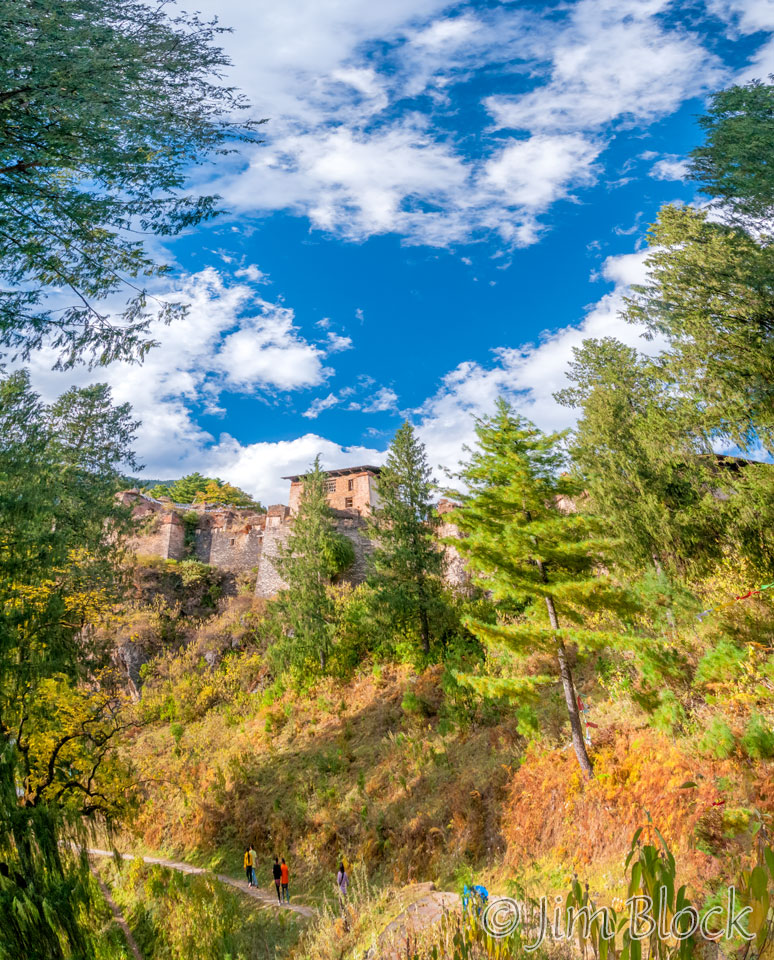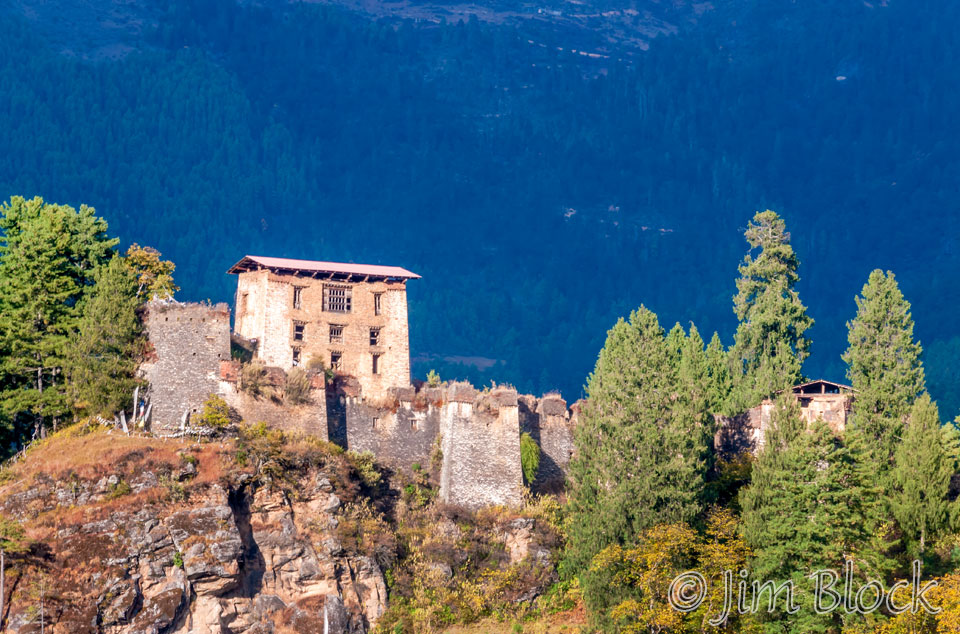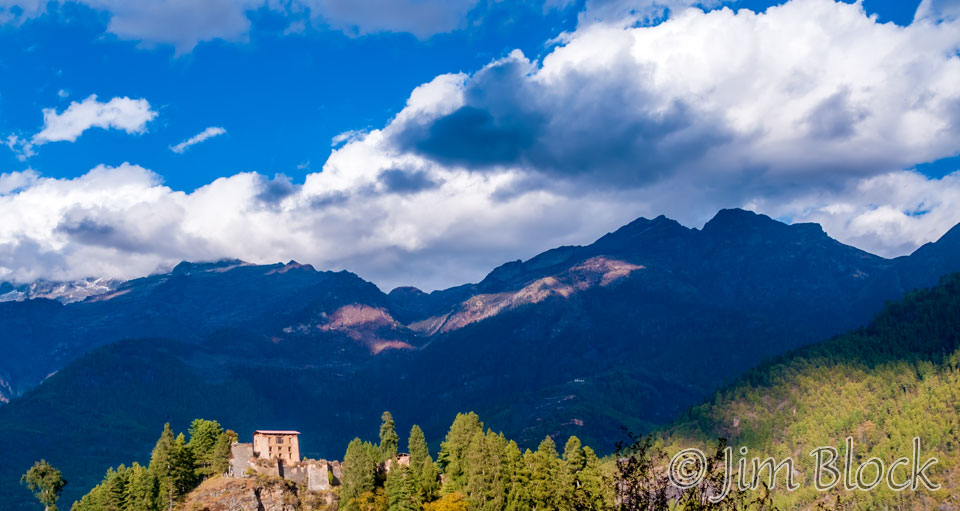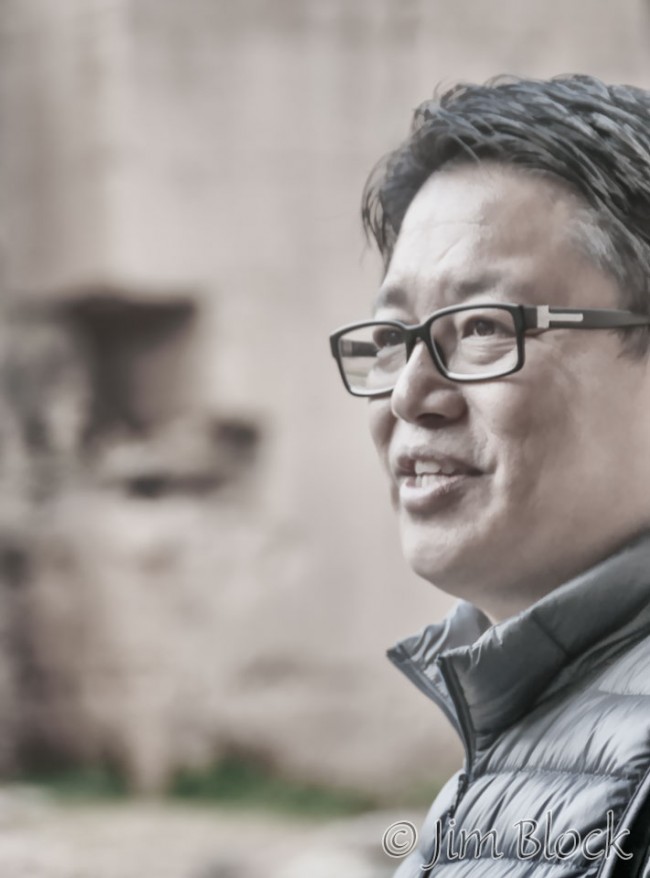
After our great morning hiking to the Kila Nunnery, it was hard to imagine something as special the rest of the day. But our experiences in Bhutan seem to just get better and better. You can find links to many more pages from our trip to Bhutan HERE.
When we got to Paro we finally met Dhamey Norgay after having many efficient and delightful email exchanges with him over the preceding months. He is the logistical genius who orchestrated our trip to Bhutan, welcomed us with his charming wife, Sonam, into his home in Timphu three times, shared three wonderful meals with us at interesting and excellent restaurants, and looked after us throughout the trip including a brief “Delhi Belly” (Stephen) and a “full Bhutan experience” (Jim) in Timphu.
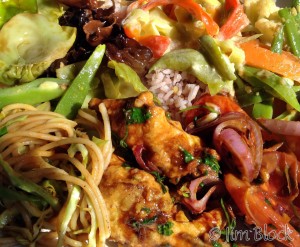
We had a wonderful lunch with Dhamey in Paro and then headed to our lodge to check in. I took the minimal essentials I would need for overnight and the morning and left the remaining gear in our car. Lakey and Kencho departed to drive to Bumthang where they would meet us the next morning at the Jakar airport. We would fly there from Paro. Their trip lasted until 2:30 AM; our flight took 35 minutes. I have trouble imaging driving at night on those narrow windy roads that we experienced on the way back later in the trip.
Dhamey personally escorted us on a wonderful tour of the Drukgyel Dzong. Driving there we passed Taktsang – Tiger’s Nest – which we saw in the distance from the road. On the last day of our visit to Bhutan we would hike to this monastery at an elevation of approximately 10,000 feet. It was about a three hour hike up a winding path. In the photo here I have tried to approximate the path to the Tiger’s Nest monastery. The day we hiked there was shrouded in fog most of the morning. This afternoon the light shining through the clouds cast a spotlight on it in a very unique way. Note that one climbs to an elevation above the monastery and then drops down past a waterfall before a steep climb up to the main structures.
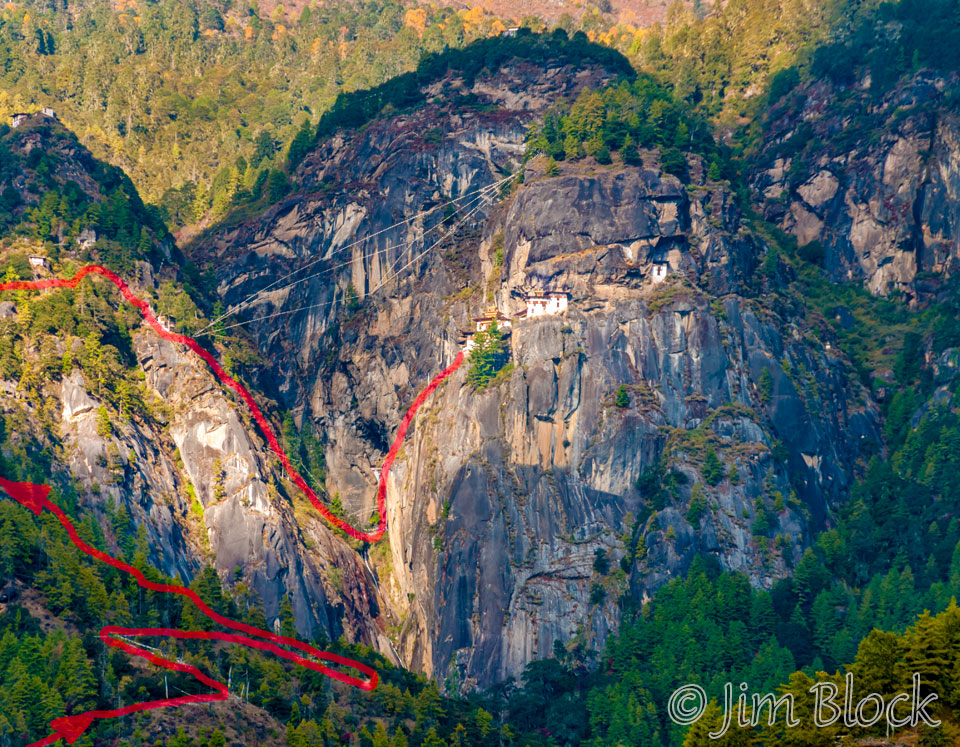
The entrance to the Drukgyel Dzong is quite interesting. This fortress was built in 1649 to commemorate a 1644 victory over an invasion from Tibet. “Gyel” means victory and “Druk” is Bhutan. It also sits strategically in the Paro Valley along a route from Tibet. The dzong was destroyed in a butter lamp fire in 1951. But the remains are quite fascinating.
Since the dzong didn’t have a moat and drawbridge, a challenging entrance was constructed. It can be seen in the slideshow that follows — first a distant view then moving down the “entrance ramp” toward the tower at the bottom. There was also a false entrance which lured invaders into an enclosed courtyard.
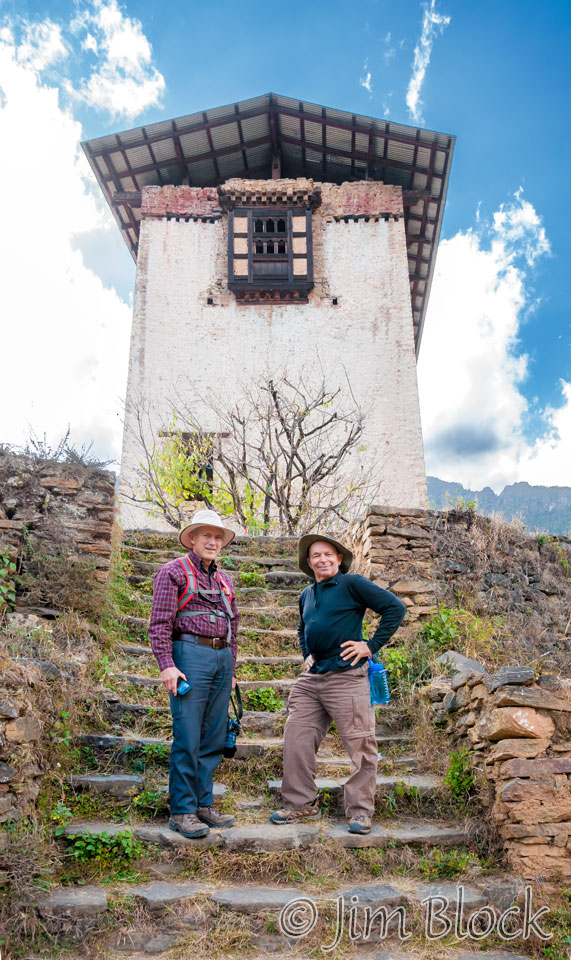
Dhamey took the photo on the right of Stephen and me. Below is a photo of the main dzong building which also appears behind us on the right.
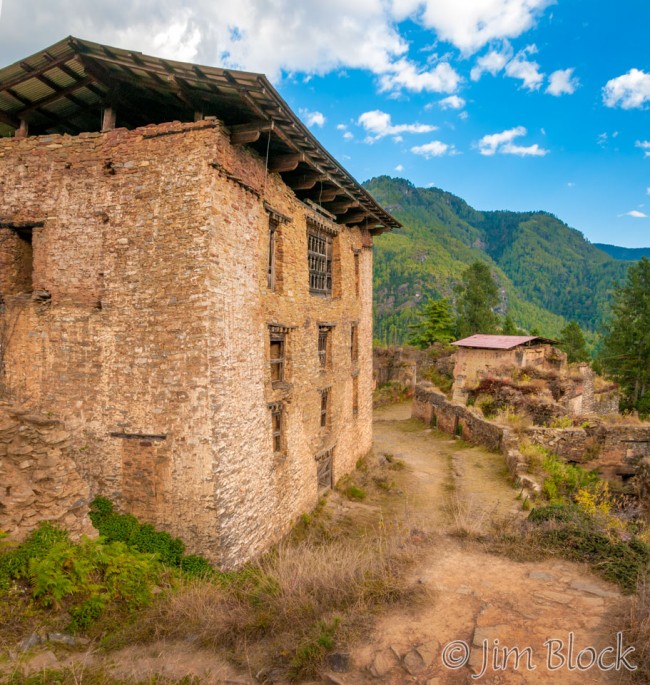
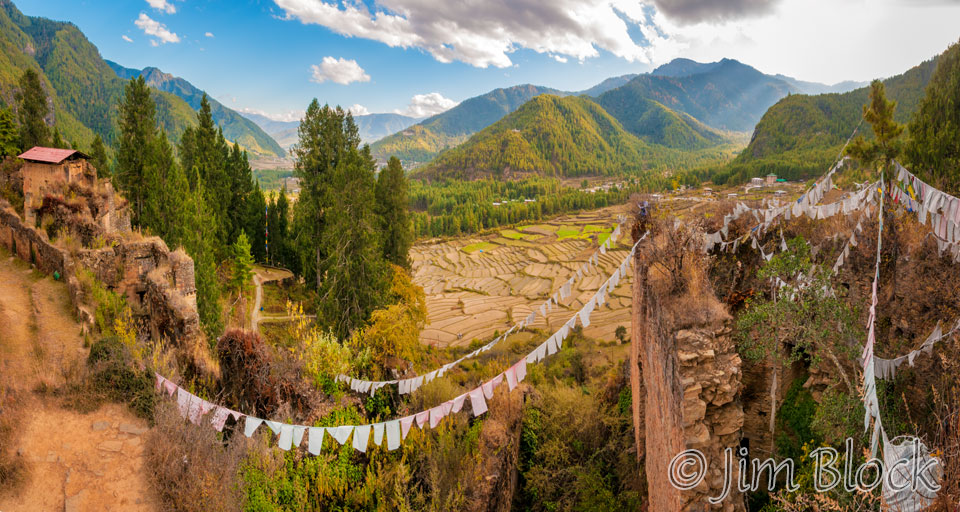
We explored the parts of the ruins that were open to the public. We gingerly walked a narrow wall with a steep dropoff on both sides for some photos. The view of the valley from here was quite nice as can be seen in the photos above and below.
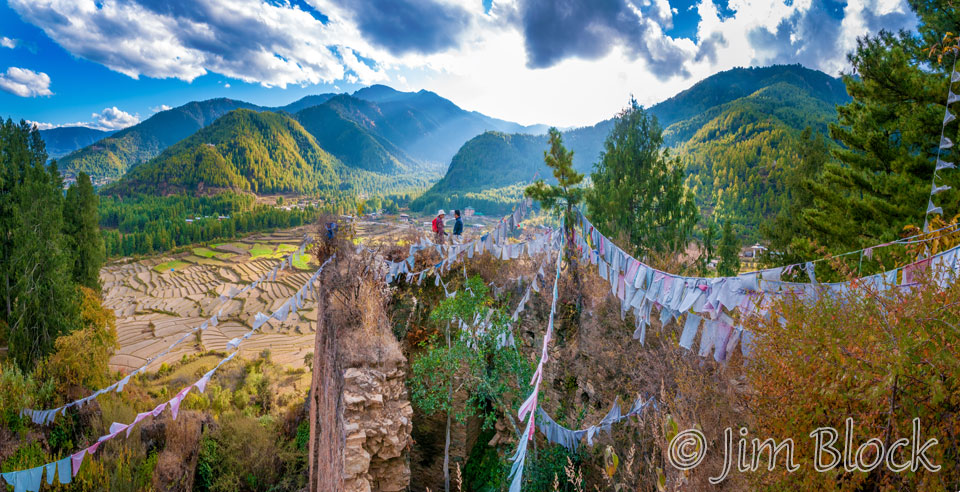
Below is a slide show of some of the other photos from this great afternoon.

